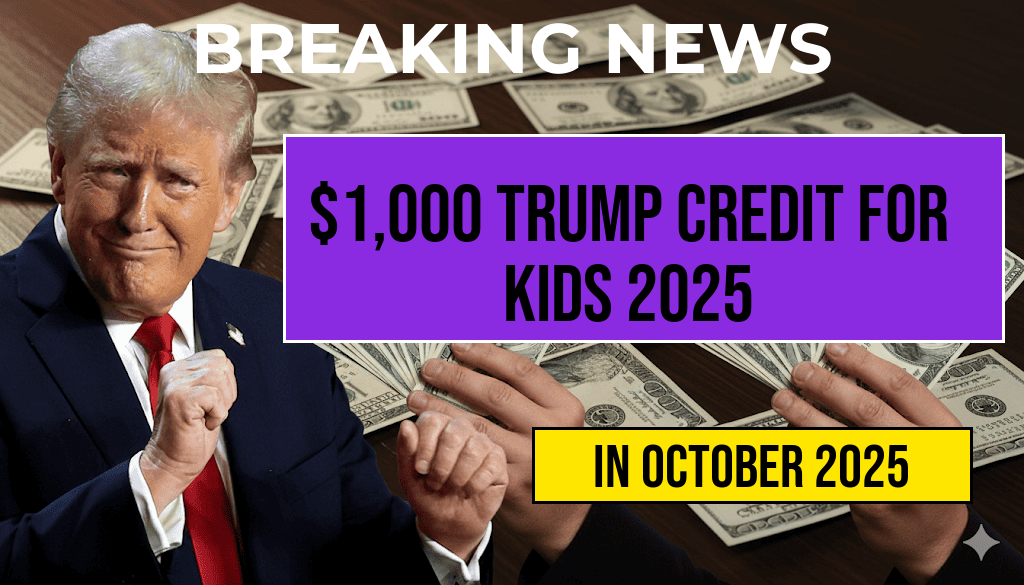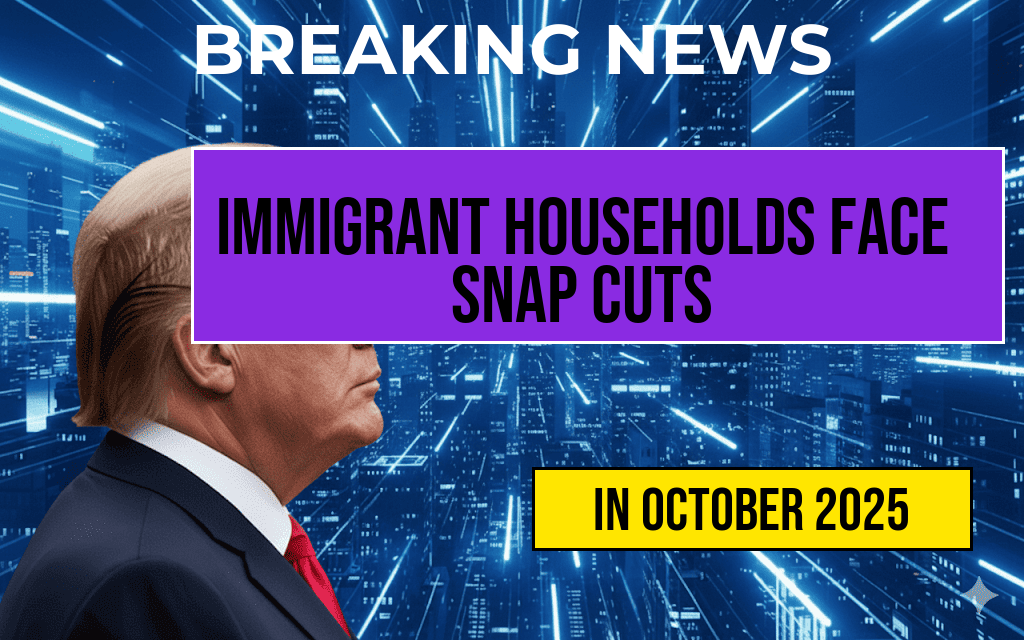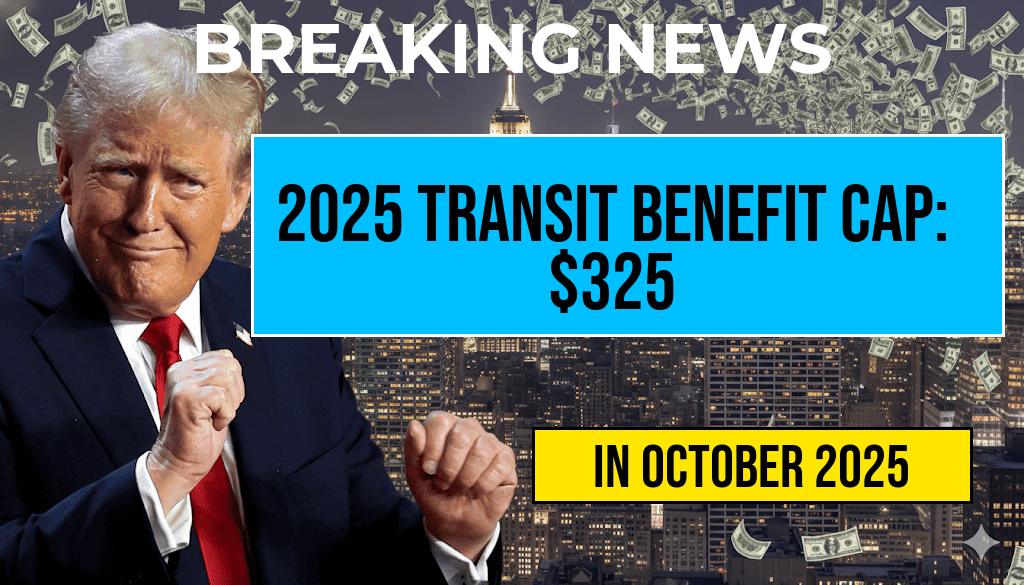In an unprecedented move aimed at supporting low- and middle-income families, the federal government announced a plan to distribute a $1,000 credit per child through a program dubbed the “Trump Account” starting in 2025. This initiative is part of a broader effort to combat childhood poverty and promote economic stability for families nationwide. Under the proposal, eligible families will receive annual deposits directly into accounts designated for each child, with the goal of fostering savings and reducing financial disparities. The plan, which has garnered both praise and criticism from policymakers and advocacy groups, is set to be implemented as part of the upcoming federal budget considerations and is expected to impact millions of households across the country.
Details of the “Trump Account” Program
Funding and Implementation
The program is projected to allocate approximately $120 billion annually, with funds coming from federal budget reallocations and potential new revenue sources. The deposits will be made directly into individual accounts for children under the age of 18, which can be managed by parents or guardians. The accounts are designed to be flexible, allowing families to use the funds for education, health, or other essential needs, though some restrictions may apply to ensure funds are used for long-term benefits.
Eligibility Criteria
- Children born after January 1, 2025
- Families earning below a specified income threshold (yet to be finalized)
- U.S. citizens or legal residents
While specifics are still under development, officials emphasize that the program aims to target vulnerable populations most in need of financial support, particularly those in low-income brackets. The government is also exploring mechanisms to prevent misuse and ensure the funds serve their intended purpose.
Comparison with Existing Child Benefit Programs
The “Trump Account” is being positioned as a supplement to existing child benefit initiatives such as the Child Tax Credit (CTC) and the Child and Dependent Care Credit. Unlike these programs, which provide direct cash payments or tax reductions, the new accounts are designed as savings vehicles with a focus on long-term financial security. Experts suggest that this approach could foster greater financial literacy and asset-building among young Americans.
Policy Rationale and Political Response
Government Objectives
Officials argue that providing a $1,000 annual deposit per child will help bridge economic gaps, particularly benefiting families in underserved communities. “This program is about investing in the future of our children and giving them a stronger start in life,” stated a senior White House advisor. The initiative is also seen as a way to promote economic mobility, reduce reliance on emergency assistance, and prepare children for higher education or entrepreneurship.
Critics and Supporters
| Supporters | Critics |
|---|---|
| Advocate for economic equality and poverty reduction | Concerns over fiscal sustainability and budget priorities |
| Proponents of saving and financial literacy initiatives | Questions about potential misuse or misallocation of funds |
Supporters contend that the program could serve as a stepping stone toward more comprehensive reforms aimed at reducing childhood poverty. Conversely, critics warn that the costs could strain federal resources and question whether the funds will be effectively managed or reach the intended beneficiaries.
Implementation Challenges and Future Outlook
Operational Considerations
Key challenges include establishing a robust infrastructure for account management, ensuring equitable access across diverse communities, and integrating the program with existing social services. The government plans to collaborate with financial institutions and community organizations to facilitate outreach and enrollment, especially in underserved areas.
Potential Impact and Long-term Goals
If successfully implemented, the “Trump Account” could reshape how childhood support programs are structured in the U.S., emphasizing asset-building from an early age. Data from similar initiatives suggest that early financial support can improve educational attainment and economic stability later in life. The administration envisions expanding the program based on initial results, potentially increasing deposits or broadening eligibility.
Sources and Further Reading
- Child Tax Credit – Wikipedia
- Forbes – Impact of Child Credit Programs
- White House – Child Asset Building Initiative
Frequently Asked Questions
What is the One Thousand Dollar ‘Trump Account’ program?
The ‘Trump Account’ program is a proposed initiative that will provide $1,000 credit for each child in 2025, aimed at supporting families and encouraging savings for children’s future needs.
Who is eligible to receive the $1,000 credit?
All children born or residing in the country in 2025 are eligible to receive the credit, with specific qualification criteria set by the program’s guidelines.
How will the credit be distributed to families?
The credit will be distributed directly to eligible families through a secure account system, making it accessible for use on educational expenses, healthcare, or savings.
When will the credit be available in 2025?
The credit is scheduled to be distributed in early 2025, with detailed timelines announced by the authorities closer to the program start date.
Are there any requirements or conditions to qualify for the Trump Account?
Yes, qualifying conditions may include residency, age criteria, and family income limits, with full details provided by the official program guidelines.






